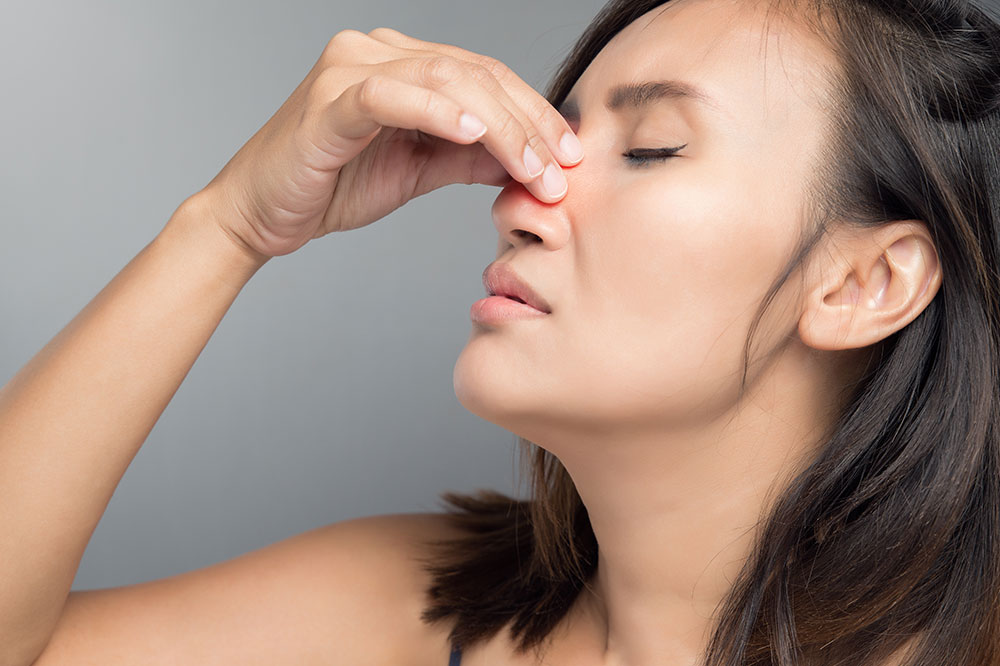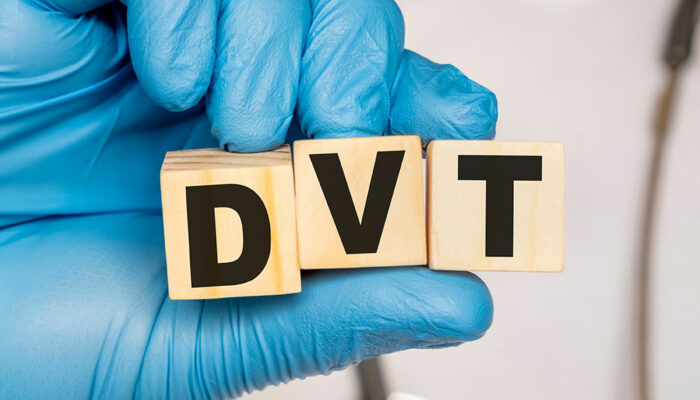
Nasal Polyps – Types and Treatments
Nasal polyps are non-cancerous growths that develop in the nasal lining. These polyps are shaped like a pear and are often pink or yellowish-brown in color. Polyps can be big or small in size. Sometimes they grow in clusters and cause sleep apnea. The internal, fleshy growth can cause several infections and can adversely affect the sinus. Nasal polyps can develop at any age and are more common in men than in women.
Let’s take a look at the types of nasal polyps and how you can treat them.
Types of nasal polyps
There are two types of nasal polyps, and a patient can develop either of the two.
1. Bilateral ethmoidal polyp
This polyp arises from the Ethmoid sinus. Ethmoidal polyps are bilateral and painless and often white and pearly. These fleshy masses arise from the Ethmoidal air cells. People who suffer from this type of polyp complain about nasal obstruction, loss of smell, and vacuum headaches.
2. Antrochoanal polyps
A unilateral, pear-shaped mass with a cystic stalk is known as an Antrochoanal polyp. This mass is solitary and can only be removed through surgery. Doctors have to run a patient through a CT scan and an MRI to get an appropriate diagnosis. These polyps are usually seen in younger patients.
Treatment for polyps
Now that we have understood the types of polyps, let’s understand the best treatments.
1. Steroid
Steroids often treat one polyp or a bunch of small nasal polyps. Doctors usually prescribe nasal drops or a steroid spray. The steroids reduce inflammation and make the polyp shrink in size. However, they have side effects, like a sore throat, headache, and nosebleeds.
2. Medications
Sometimes, polyps do not go away with steroids. In such cases, doctors prescribe other medications. These medications may include antihistamines for allergies, antifungal drugs for fungal allergies, and antibiotics for bacterial infections.
3. Steroid tablets
Steroid tablets are prescribed to patients who suffer from larger polyps. These polyps are highly inflamed and cannot be treated with a nasal steroid. At such times doctors ask patients to take steroid tablets along with the nasal spray. These tablets are extremely effective, but they have severe side effects like weight gain.
4. Surgery
When nasal polyps are too large, they have to be removed by surgery. This surgery is known as Polypectomy. The doctors always prescribe steroids and other medications to get rid of the polyps, but doctors have to resort to surgery if none work. Sometimes, a bone inside the nose has to be cut so that the doctor can easily remove the polyp.
These are the best treatments for polyps. Anyone suffering from a nasal polyp should immediately get in touch with their doctor. Nasal polyps can cause major complications if left untreated.



